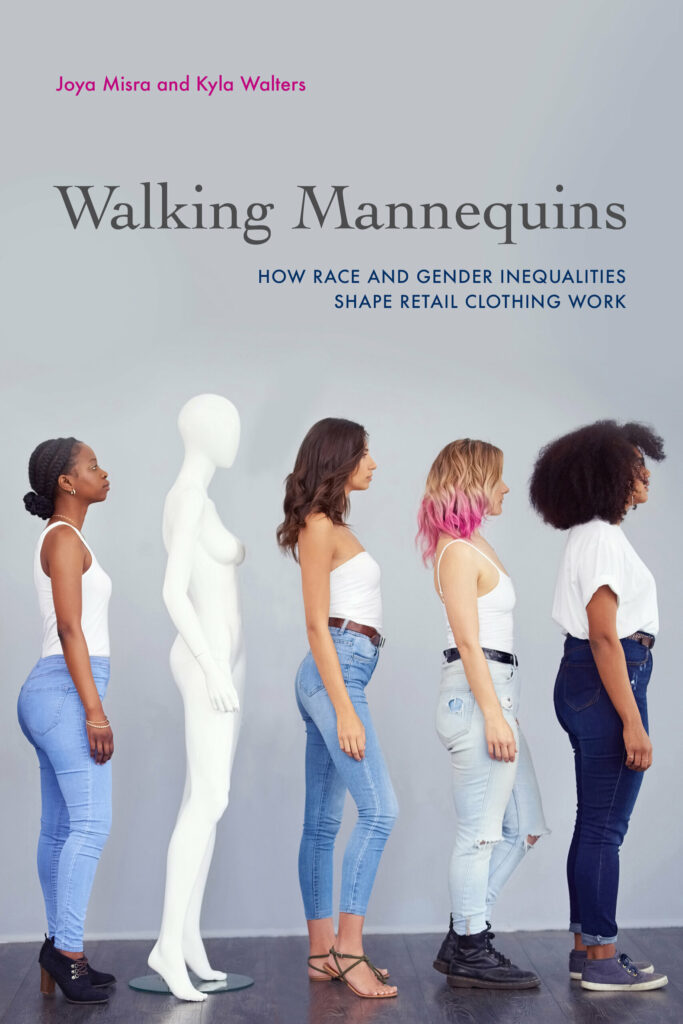
Lesbian, gay and bisexual (LGB) people across the globe experience discrimination which leads to severe inequalities across life domains and especially in the labor market. In a German study about 30 percent of the LGB respondents report having experienced discrimination in their work life over the past two years. In addition, various studies show that gay and bisexual men earn less than heterosexual men and that occupational segregation and hiring decisions based on sexual orientation lead to inequalities in the labor market.
The gender pay gap and the underrepresentation of women in leadership positions and workplace authority are highly discussed and well-researched topics that received more and more attention in the last decades. In this context, results have shown that workplace authority – defined as control over the work process of others – is associated with higher earnings, status and psychological rewards (e.g., messages of worth and esteem). Recent research suggests that unequal access to workplace authority can shape further inequality. However, there is so far little empirical evidence about the connection between sexual orientation and workplace authority.
Continue Reading…








